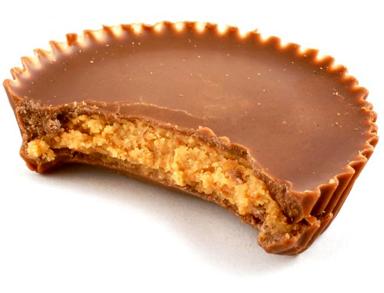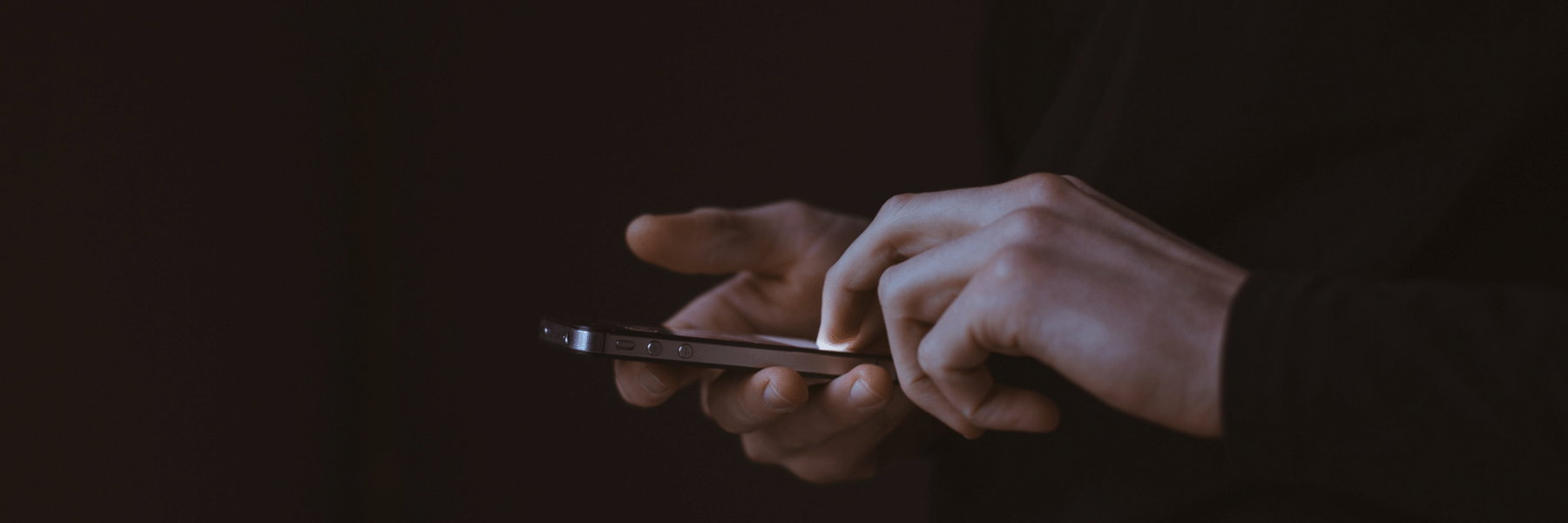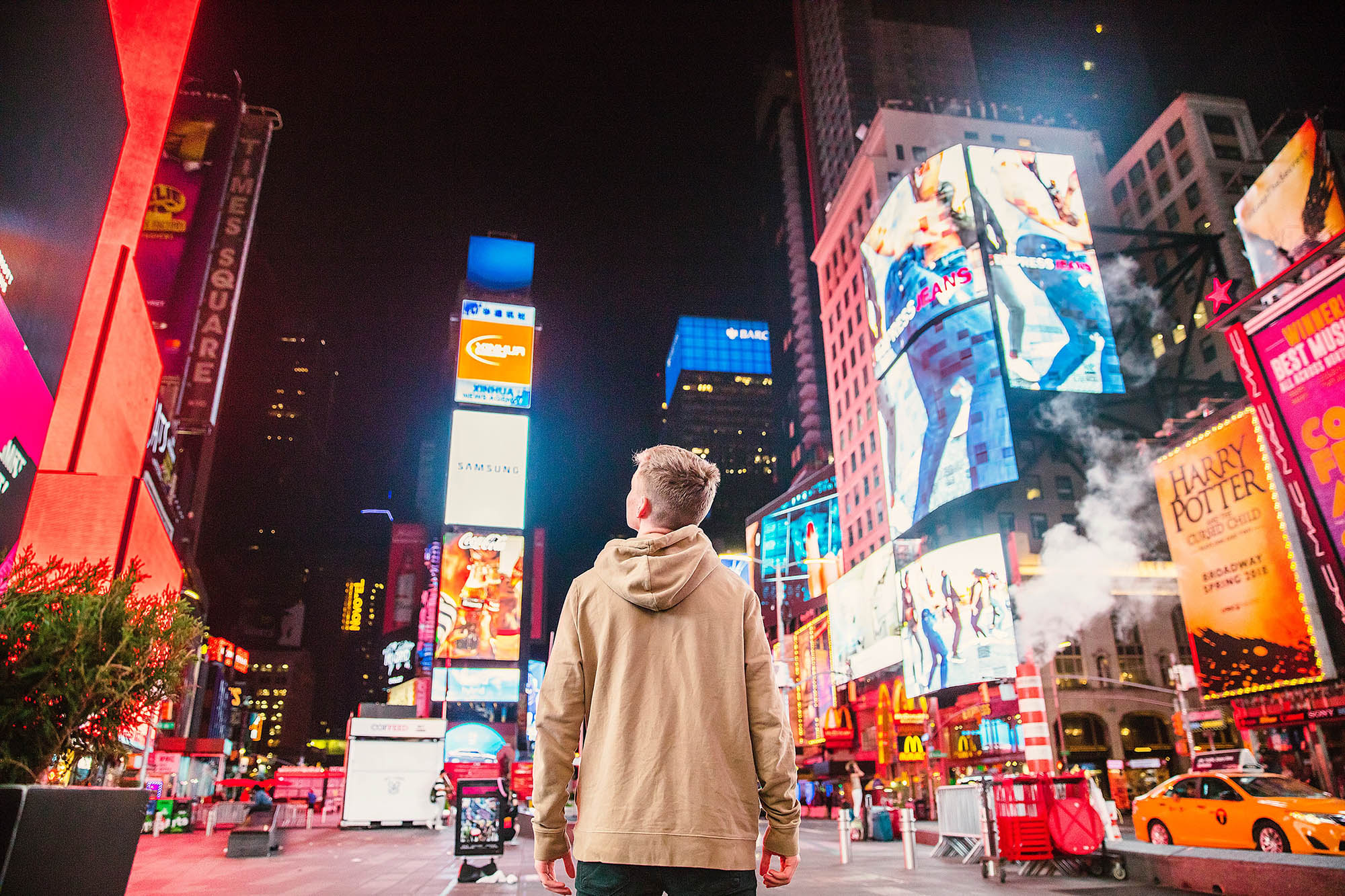We all live in a day and age where everyone and everything is digitally connected. If we watch something on TV, or read something in print, or hear something on the Radio, our natural thing to do is to go online and search for it. This is this “comfortable behavior”, something we are accustomed to, which only increases the importance of connecting the “offline” with the “online” in order to continue the flow of continuous messaging. More importantly, THIS IS BRANDING. It’s the perfect marriage that seems to get better overtime, kinda like a Reese’s Peanut Butter Cup. Unfortunately, if the Marketers to do not embrace the Brand Continuation, then the marriage will have some rough patches. So in this post, I will provide a few tips to keep that marriage living “long and prosper”
When using both on-line & off-line channels such as TV, Radio and Print, it’s imperative to “Bridge the Gap” amongst the different channels and continue the messaging process from start of Ad/commercial to the visit to the website. The goal of integrating the online with off-line is to make the experience seem seamless, because consumers already have such an expectation from past/existing “off-line & online” experiences — such as from big companies such as Dell, Sony, etc..
Pro-Activeness Pays Off
If a marketing department develops an editorial or advertising calendar, one of the first things they should do is send a copy to the PPC marketing team or agency so they can get a head start in planning. In order to maximize total coverage of the off-line advertisement, I would recommend the following:
- Create a PPC campaign which covers all possible search terms from the “offline” Ad Messaging. (for example: any products, services, promotions, taglines, etc…
- Create Text or Banner Ads which reflect the CTA of the advertisement as well as “force the continuation” (ie. Saw our ad in Newsweek?)
- Create a Landing Page which “mirrors” the look and feel of the advertisement. Include all messaging, imagery and offers.
- Launch the campaign a day prior to when the Advertisement is launched to the public
- Make sure everything has been tested for accurate conversion and analytics tracking and that all landing pages and “after the click” conversion related functions are working properly.
Text Ads Make the First Impression
When a consumer makes their first interaction from an “offline” Advertisement, they will do a search and want to make sure they are going to the right place. The most efficient way to ensure this brand continuation is to have all Text Ads reflect the offline messaging. Here are some examples: 
Landing Page & Website
If you have an ad which talks about a specific product or offer, continue the co-branding effort onto the landing page where you are directing them to. Also, it is also a good idea to mention this “off-line initiative” to all visitors by placing a banner or graphic on the homepage or other high traffic entry pages. For example on the PPC landing page it’s important to include the following:
- Logo of the Newspaper, Magazine, etc… where the Advertisement took place to keep visual consistency.
- Provide a full or partial list of products or services mentioned in the Ad.
- Ensure all intro copy is tailored around the commercial (word for word if possible).
Completing the Brand Cycle
In today’s Digital Age, if an advertiser is going to spend Thousands or Millions of Ad dollars in TV, Print or Radio, they better not forget about the behaviors of their customers and potential prospects. Remember, it’s easy for a consumer to shop around with a click of a button. There is no (NEW) Brand Loyalty unless the Brand follows the consumer and gives them every chance to make a purchase. Creating a PPC Campaign is easy to do. The hard part is the decision to actually do it and do it effectively.




